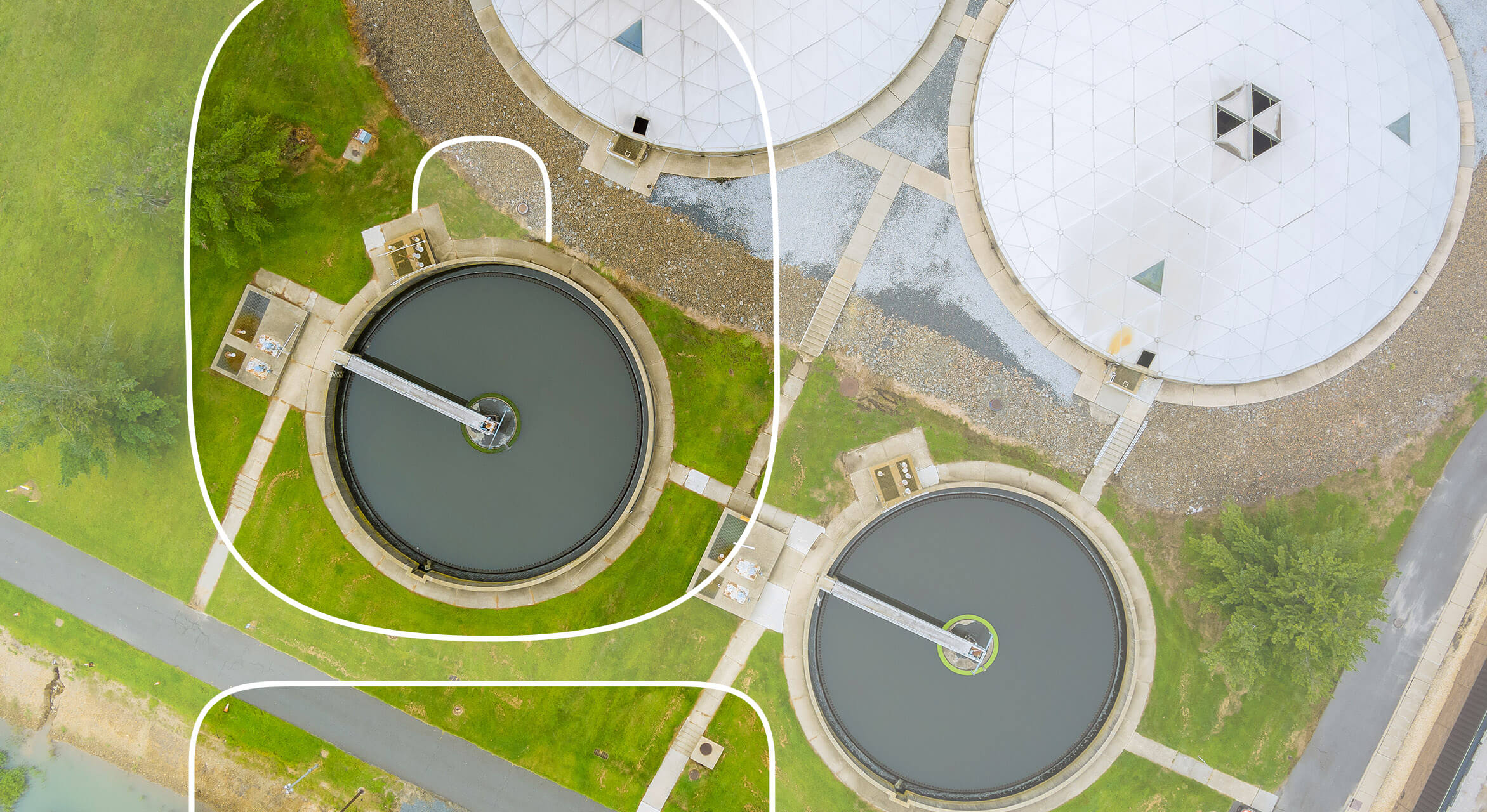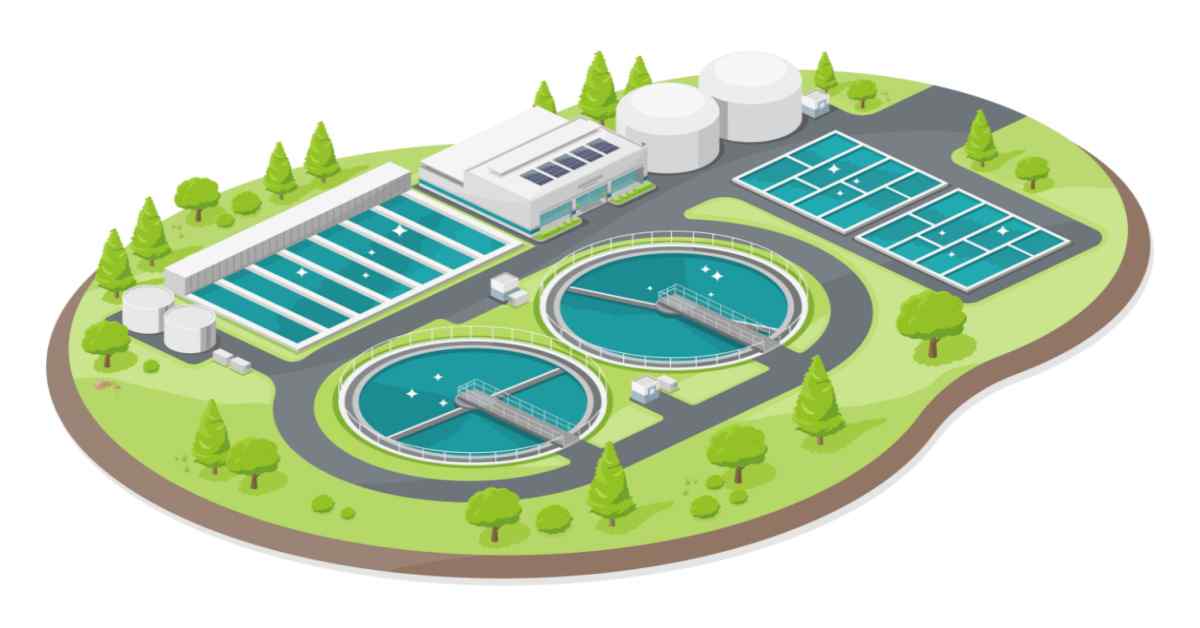Ways to Reduce Environmental Impact with Proper Wastewater Disposal
Ways to Reduce Environmental Impact with Proper Wastewater Disposal
Blog Article
Comprehending Wastewater Treatment Processes and Their Ecological Influence
The details of wastewater therapy procedures play a crucial duty in mitigating environmental difficulties connected with water contamination. Each stage, from preliminary to advanced treatments, is developed to deal with certain pollutants, eventually securing both public health and wellness and water environments.
Introduction of Wastewater Treatment
How is wastewater changed right into a risk-free resource for the environment? Wastewater therapy is a vital process designed to get rid of impurities from utilized water, therefore guarding public health and wellness and safeguarding communities. This procedure starts with the collection of wastewater from property, industrial, and business sources, which is then directed to treatment facilities.
At these centers, numerous physical, chemical, and organic methods are utilized to deal with the wastewater. Preliminary screening gets rid of big debris, complied with by sedimentation to separate much heavier solids. Subsequently, organic treatments, such as turned on sludge processes, make use of bacteria to break down raw material. These techniques not just lower contaminant levels however additionally facilitate the recuperation of useful nutrients.
The treated effluent can be securely released right into natural water bodies or reused for watering and industrial functions, advertising resource conservation. In addition, the treatment procedure generates biosolids, which can be repurposed as plant foods or dirt amendments, additionally enhancing sustainability.
Stages of Therapy Procedures
The wastewater therapy process typically includes 3 primary stages: preliminary, main, and second treatment. Each stage serves an unique duty in decreasing the contaminant lots and guaranteeing the effluent satisfies ecological criteria before discharge.

The primary treatment stage focuses on the physical separation of suspended solids from the wastewater. Through sedimentation, heavier particles work out at the bottom of sedimentation storage tanks, developing sludge, while lighter products, such as oils and oils, float to the surface area and are skimmed. This procedure dramatically lowers the natural and not natural tons in the wastewater.
Secondary therapy is an organic process intended at additional minimizing the concentration of natural issue. This stage is essential for attaining the needed biochemical oxygen demand (FIGURE) reduction, ultimately leading to cleaner effluent all set for discharge or additional therapy.

Advanced Therapy Technologies
Complying with the second treatment procedures, advanced therapy innovations play an important duty in further improving the quality of treated wastewater. These modern technologies are developed to get rid of recurring pollutants that are not effectively gotten rid of during main and second treatments, ensuring the effluent satisfies rigorous governing requirements.
Amongst the widely used innovative treatment techniques are membrane layer filtration, reverse osmosis, and advanced oxidation procedures. Membrane filtering, consisting of microfiltration and ultrafiltration, works in separating great fragments, pathogens, and colloids from the water (Wastewater). Reverse osmosis uses semi-permeable membrane layers to remove dissolved solids, causing top notch water suitable for various applications
Advanced oxidation processes (AOPs) use try these out solid oxidants to degrade organic contaminants, consisting of drugs and individual care products that are immune to standard therapy. These approaches enhance the biodegradability of complex compounds, promoting their elimination.
One more substantial technology This Site is using biological nutrient removal processes, which particularly target nitrogen and phosphorus, protecting against eutrophication in obtaining water bodies. On the whole, innovative therapy modern technologies are essential for achieving higher levels of purification, advertising water reuse, and safeguarding public health while addressing the challenges associated with wastewater administration.
Ecological Advantages of Treatment
Various environmental benefits occur from efficient wastewater treatment processes that add to ecosystem wellness and sustainability. Mostly, these procedures considerably decrease the launch of damaging toxins into natural water bodies, which helps preserve marine environments. By getting rid of pollutants such as heavy steels, nutrients, and virus, treated wastewater reduces the risk of waterborne diseases and advertises biodiversity in marine environments.
In addition, wastewater therapy facilities often use sophisticated innovations that enable water recycling and reuse. This practice not just saves freshwater sources however also minimizes the demand on all-natural water materials. Boosted nutrient removal from wastewater can also stop eutrophication, a process that brings about algal flowers and succeeding oxygen exhaustion in aquatic systems.
Furthermore, effective therapy processes can decrease greenhouse gas discharges, specifically methane and nitrous oxide, which are frequently launched during unattended wastewater decay. By recording and utilizing biogas from anaerobic digesters, centers can convert waste into renewable resource, therefore adding to a reduction in fossil gas dependency.
Difficulties and Future Fads
While the environmental advantages of wastewater therapy are clear, have a peek here several difficulties linger that hinder ideal end results in this field. One major concern is maturing facilities, which often causes inadequacies and enhanced functional prices - Wastewater. Many treatment plants were created years ago, and their capabilities do not line up with modern-day needs, that include stricter regulative criteria and greater quantities of wastewater due to urbanization

Looking in advance, there is an expanding emphasis on source recuperation and circular economy concepts within wastewater therapy. Developments such as anaerobic digestion, which can produce biogas, and progressed filtering technologies are gaining grip. These techniques not only boost treatment performance however also advertise sustainability.
Inevitably, addressing these challenges needs cooperation among stakeholders, financial investment in technology, and a dedication to ongoing study. By accepting these trends, the wastewater therapy industry can evolve to satisfy the demands of an altering environment and culture.
Conclusion
In verdict, wastewater therapy processes play an important function in boosting ecological top quality and public health. The multi-stage treatment framework, coupled with sophisticated innovations, properly minimizes pollution and promotes sustainable water management.
Report this page